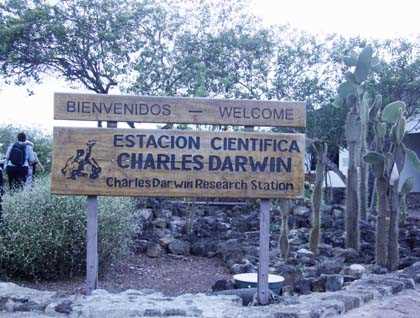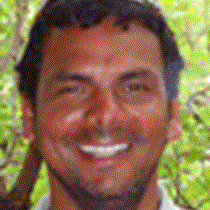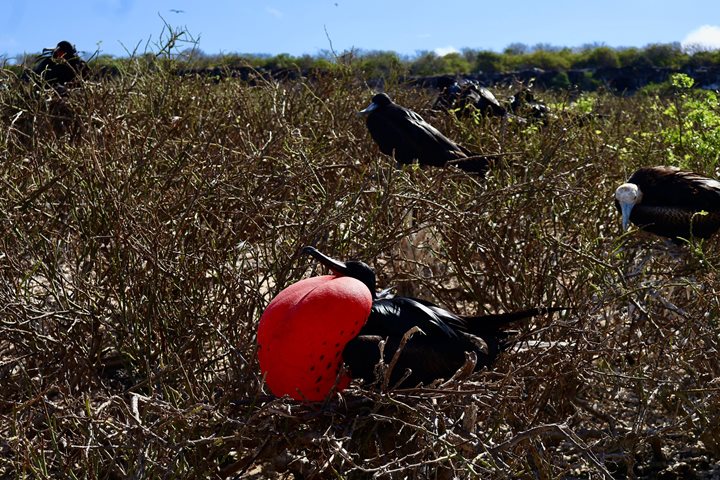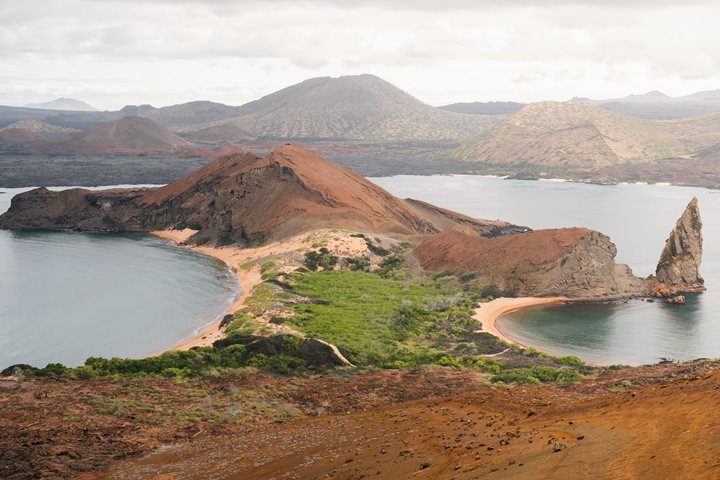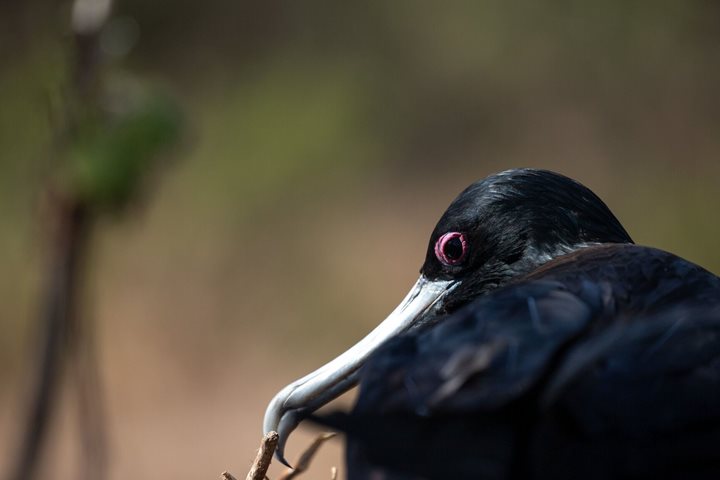On the sixth day of the expedition, our program brought us to an island where we could enjoy the company of the tortoises all day long. Our morning began at the Darwin Station, and in the afternoon we were able to see this giants in their own natural habitat of the island.
Santa Cruz is the second largest island in the archipelago, and on its south-eastern shore lies the largest town in the Galapagos, Puerto Ayora. This is the capital of the most important economic activity in the province, which is tourism, and it is also the location of the Darwin Station, which is the operational arm of the Darwin Foundation in Ecuador.
Early in the morning, we began our visit at the Station, to learn and understand the conservation programs that we have promoted since 1959, the year that we created the Galapagos National Park. The tortoise breeding program works hard to increase the number of tortoises in the islands, where the population is threatened for a number different reasons. We were able to see the tortoises here in their enclosures, and to learn about the philosophies of the national park, and why it is necessary to keep these animals here in captivity in order to preserve the nature of Galapagos ecosystems.
After our morning visit to the Darwin Station, we offered a biking activity to the agriculture zone of the island, and a visit to a local farm. This allowed our explorers to experience was life was like in the Galapagos before tourism, when the Ecuadorians who first settled here faced some real challenges.
For our next excursion of the day, we rode the buses to the highest farming zone, where we encountered the wild tortoises, as they migrate to these areas to reproduce. Our morning’s activities gave us a deeper appreciation and understanding for how fortunate we are to be able to see these giants out in the open, and how important it is that we continue to support the efforts to save these creatures.
After all of this excitement, the time came for us to return to our ship and continue our journey, knowing that more discoveries await us tomorrow.

